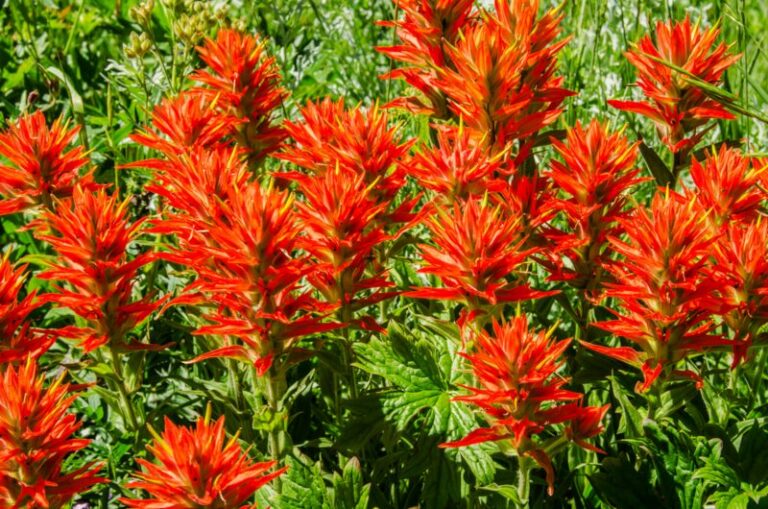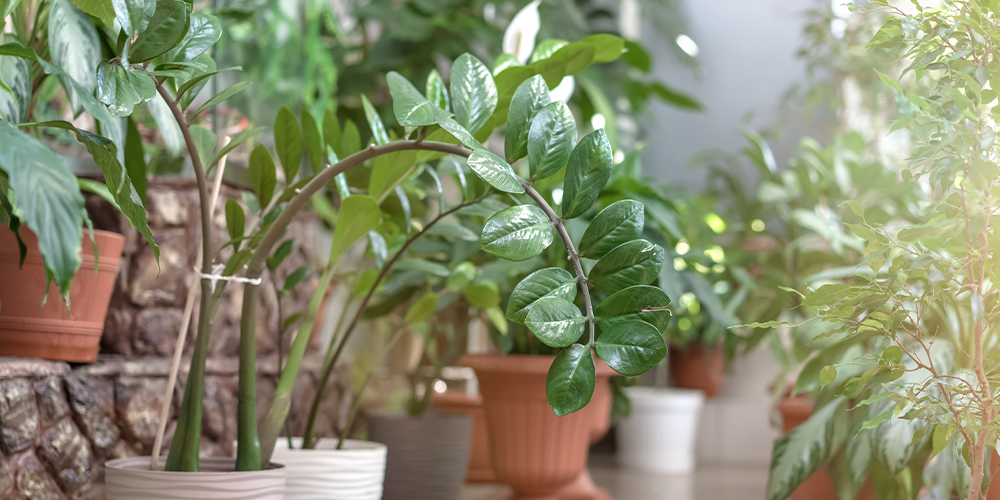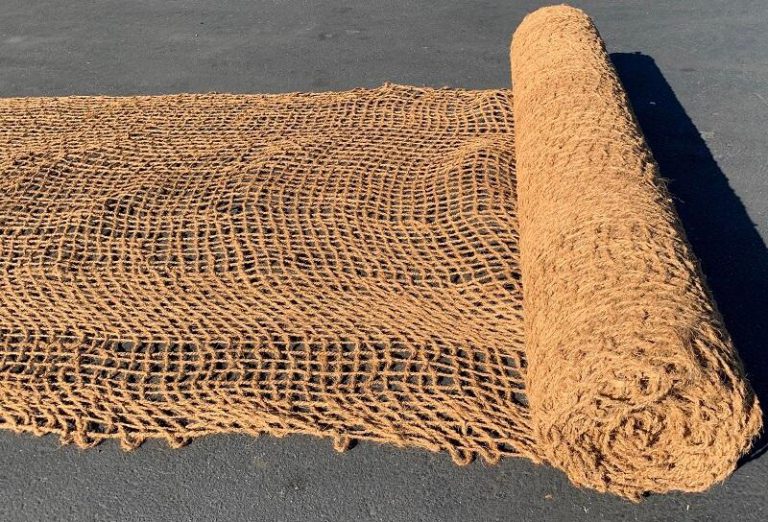Master the Art: How to Prepare and Cook Fresh Bamboo Shoots Safely!

Staring down a fresh bamboo shoot for the first time, I remember thinking: “How can something that looks like a medieval weapon end up in a delicate spring salad?” If you’ve ever wondered if prepping fresh bamboo shoots is some arcane art best left to experts—or if you’ve been scared off by ominous warnings about toxins—you’re exactly where I was. Here’s what I wish someone had told me right from the start: cooking bamboo shoots safely isn’t mysterious or complicated. It’s mostly about boiling water and common sense, not ancient secrets or laboratory equipment.
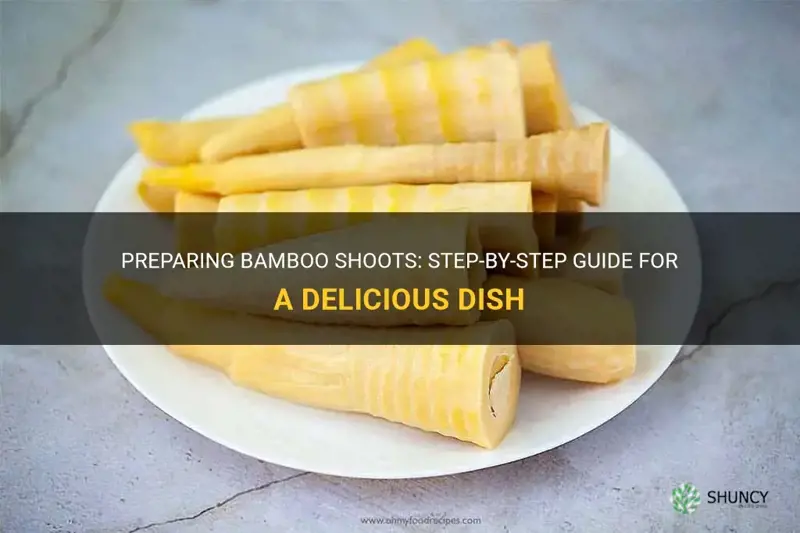
Let’s cut through the noise and get straight to what works—no fuss, no fear.
Why All the Fuss? (And Why You Don’t Need to Panic)
Yes, raw bamboo shoots contain cyanogenic glycosides. But here’s the reality: even my neighbor’s 78-year-old aunt has been prepping them safely for decades using nothing more technical than her old enamel pot. The science is simple—boiling breaks down those compounds and makes the shoots perfectly safe to eat.
So ignore anyone who tries to turn this into molecular gastronomy; you don’t need pH strips or obscure ingredients.

The No-Nonsense Bamboo Shoot Prep
Here’s exactly how I do it every spring when they hit our market (and yes, my kitchen still smells like earth and grass after):
1. Pick Shoots Like a Pro (in Under 10 Seconds)
- Look for firm, heavy shoots with tight tips.
- Skip anything mushy or with black spots.
- Size? Honestly, smaller is less fibrous—but even big ones work if you peel thoroughly.
2. Peel Away the Armor
- Chop off the base—about half an inch will do.
- Make a shallow vertical slice along one side.
- Use your hands to pull away those thick outer leaves; it feels just like peeling off corn husks after rain—damp and satisfying.
- What you want is that pale yellow core inside.
3. Slice Smart
- Cut lengthwise for easier handling.
- Then slice thinly—think “potato chip” thickness.
- This isn’t just for beauty; thinner slices mean faster detoxification (and less bitterness).
4. Boil Without Drama
Here’s where most people overcomplicate things:
- Toss slices into a large pot.
- Cover with lots of water—the kind that sloshes when you stir.
- Bring it to a full boil and keep it rolling for 25 minutes (not an arbitrary number; this is what worked best after several taste tests).
- Big/thick pieces? Add another 10 minutes.
- Skim off any foam—it looks odd but helps remove bitterness.
You don’t need any fancy additions. Some swear by adding rice bran or dried chilies, but honestly, plain water does the job just fine in most cases.
5. Rinse & Taste
Drain in a colander, rinse well under cold water, and taste-test a bit:
- If there’s still bitterness? Boil again with fresh water for another 10 minutes—that fixes stubborn wild varieties almost every time.

Lessons from My Own Learning Curve
The first time I tried this, I was too timid with both peeling and slicing. Result: tough bits and lingering bitterness—not dangerous, just disappointing! Only after watching an elderly vendor at my local market did I realize she peeled nearly half the shoot away without blinking—and her soup was leagues better than mine.
Another time, I got distracted on Instagram and let them boil nearly an hour—surprisingly forgiving! They were softer but still held their shape in stir-fry (which means don’t stress if your timer runs long).
Simple Troubleshooting
Still bitter?
Thin out your slices next time before boiling; thick chunks are stubborn.
Try double-boiling if you’re dealing with especially pungent wild varieties.
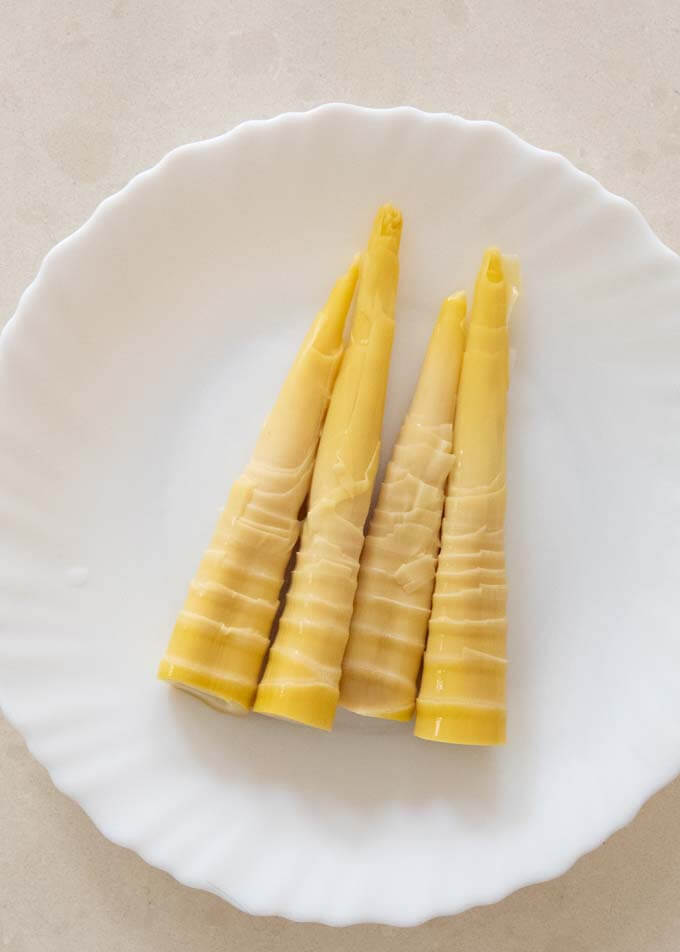
Tough texture?
That usually means an older shoot or not enough peeling/simmering. Longer simmering softens them up nicely.
Worried about toxicity?
As long as you peel thoroughly AND boil vigorously at least once (ideally twice for extra-thick pieces), you’re fully safe—that’s not opinion but supported by food safety authorities across Asia.
Real Talk: What Actually Matters
Most “expert” advice piles on steps that don’t change much unless you’re running a restaurant kitchen:
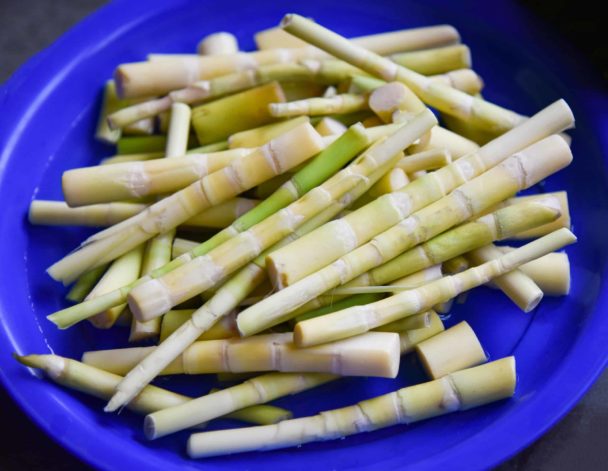
You don’t need rice bran, vinegar washes, or even salt baths unless tradition matters more than simplicity to you.
You do need plenty of water, thorough boiling, and confidence in your own common sense.
If you can boil pasta or potatoes, you can tackle bamboo shoots without breaking a sweat—or risking anyone’s health at dinner!
My Quick Reference Checklist
- Peel deeply until only tender yellow flesh remains
- Slice thinly (1/8-inch is perfect)
- Boil hard in plenty of water – minimum 25 minutes
- Drain & rinse well
- Taste – repeat short boil only if needed
Once done: toss into your favorite dish! Some nights I’ll sauté them with garlic oil and green onions; other times they go straight into miso soup for crunch.
Cooking fresh bamboo shoots doesn’t require expertise—it requires doing less rather than more. Ignore intimidating instructions designed by chefs trying to impress each other; trust generations of home cooks who know that good boiling beats bad chemistry every single time.
Peel deep, slice thin, boil long—then enjoy bamboo as it should be: simply delicious and never stressful!
